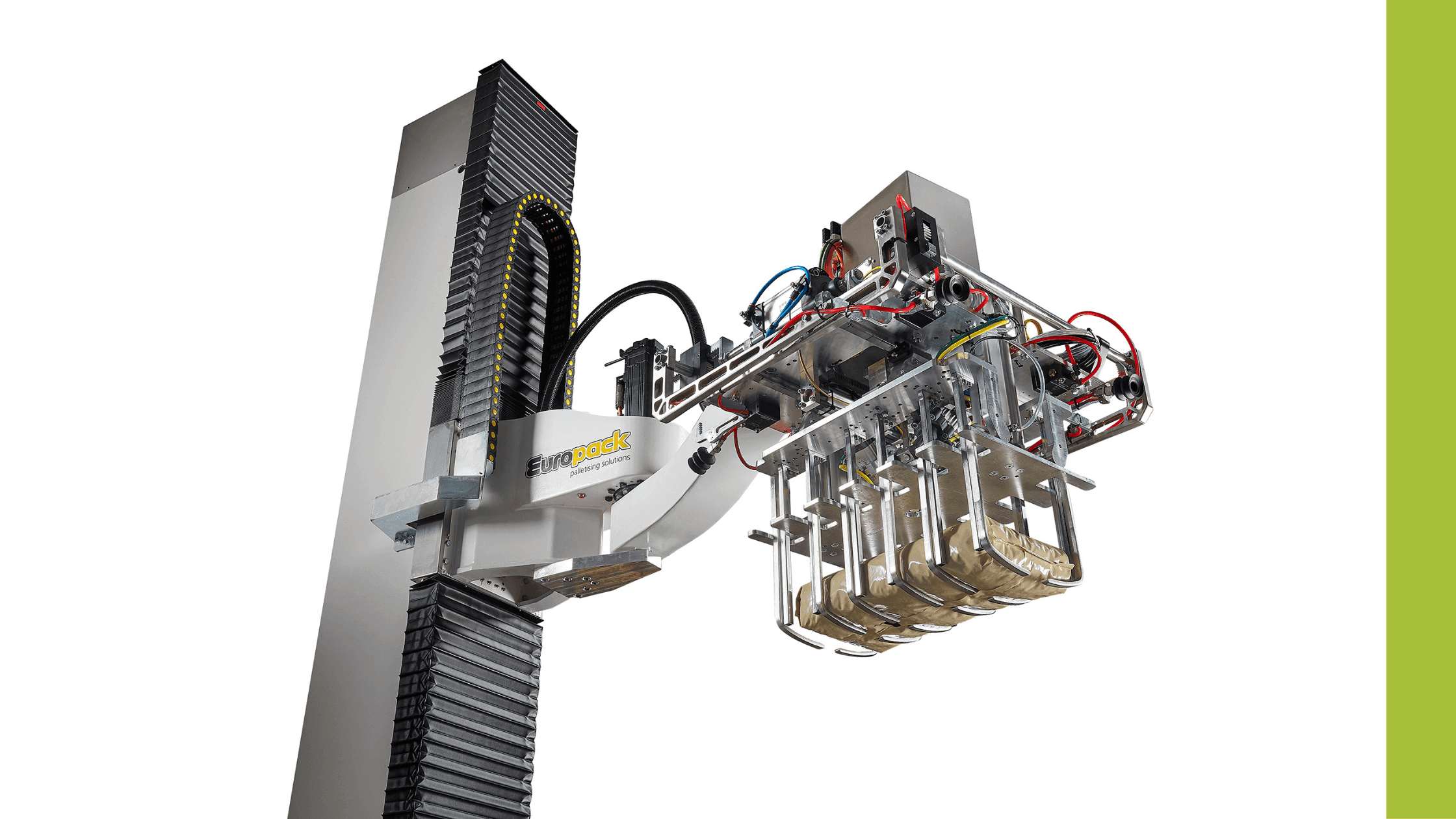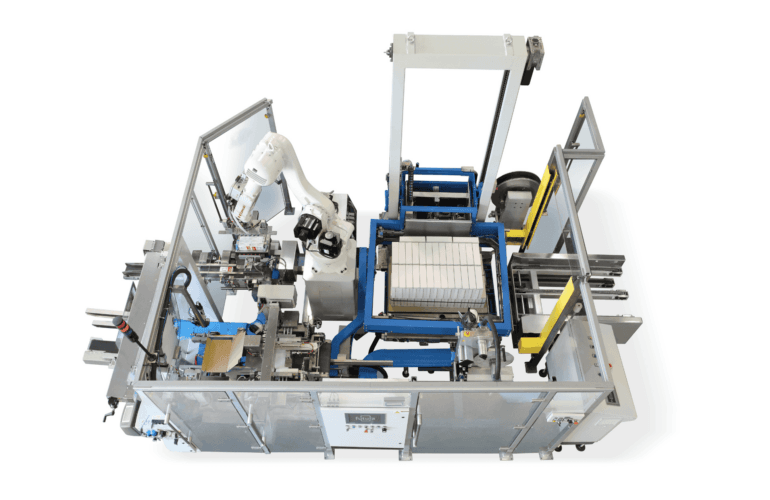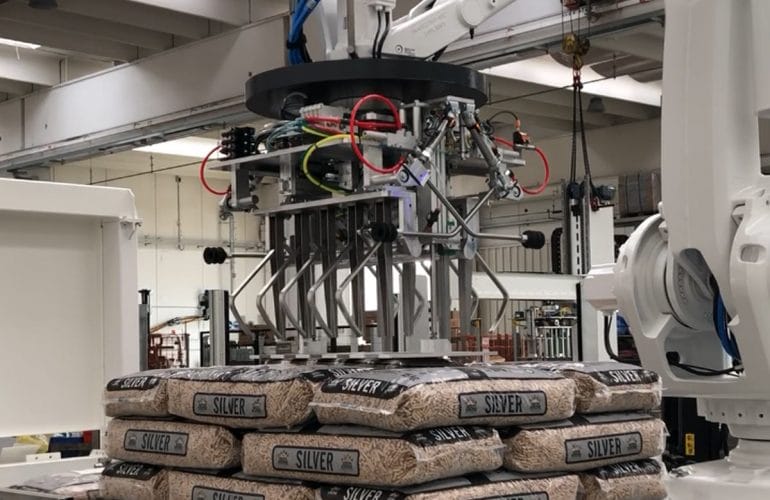In the food and beverage industry, speed and efficiency are key to making savings and driving success. However, food and drink products are often fragile and need to be packed, transported and unloaded carefully to prevent damage or contamination.
This need to combine pace and precision when palletising and depalletising is just one of the challenges facing manufacturers today. In this blog, we’ll explore these difficulties further and look at some of the solutions.
The challenges facing food and drink manufacturers in 2024 and how to overcome them
There are a number of challenges that manufacturers face when palletising and depalletising goods and they are increasingly turning to advanced technologies and adaptable systems to address these. Let’s look at the main barriers and how modern equipment can overcome them:
Product variety
The challenges: The industry’s diverse product range means a wide variety of packaging types, from fragile glass bottles and jars to flexible pouches and bags to cartons and cans. Even if a product isn’t breakable, supermarkets and consumers don’t want dented or damaged goods, so everything must be moved and packed with care.
The solution: Modern robotic palletisers and depalletisers can be easily adjusted to handle different types of product packaging —from rigid glass bottles to flexible pouches—without damaging them. The use of soft grippers, vacuum technology, and padded clamps also ensures gentle handling of fragile items.
Stability during transit
The challenges: Products need to be securely stacked and stabilised during palletising and transit to reduce the risk of items falling and causing damage to goods or people. Whilst previously this was achieved with the use of plastic shrink wrap, the renewed focus on sustainability and reducing single-use plastics means this is now unacceptable to many retailers, especially large supermarkets, and alternative methods have to be sought.
The solution: We have developed our systems to use alternative stabilising techniques such as slip sheets, layer boards, and corner protectors to protect and stabilise trays. Interlocking stacking patterns, where products are arranged to support one another, also provide greater stability on pallets. Additionally, banding and strapping systems hold products tightly together, reducing the risk of movement during transport.
The main challenge for trays without shrink wrap is the stability of the tray and loose product, which is difficult to handle. So we use special gripper plates, with a stabilising top plate. We also ensure that variable speeds are used when moving the packs from the infeed conveyors to their final position. Many other palletiser suppliers have fallen fowl to these unstable packs, where machines have had to be removed from factories, for not performing well enough. Lita and Europack have had a lot of experience with this type of product and many years of development means we can handle these packs safely and efficiently.
Hygiene and food safety
The challenges: Food and beverage products must be stored and handled in a way that prevents contamination or spoiling. This includes ensuring equipment is clean and adhering to the strict food safety regulations. Perishable items may be temperature-sensitive and require specialist handling to minimise exposure to non-optimal temperatures.
The solution: To meet hygiene requirements, palletising and depalletising equipment designed for the food and beverage industry is built with materials that are easy to clean such as stainless steel. Crevices where contaminants could collect are minimised, ensuring compliance with food safety standards.
Packing speed
The challenges: Faster palletising and depalletising speeds and fewer breakdowns mean faster throughput – and improved productivity. To be competitive, manufacturers must have efficient processes in place that allow them to scale up to deliver the changing volumes customers and retailers demand, but these higher speeds can lead to more errors and a lack of consistency.
The solution: Intelligent automation systems use sensors, vision technology and AI to ensure precision handling without compromising on speed or product quality. We recently worked with a UK-based premium gin manufacturer which saw a significant improvement in line efficiency following installation of a Europack palletiser. They said, “Since our machine was installed, our line efficiency has improved dramatically with little or no downtime recorded for technical issues. PALpack’s after sales service is the best we have had from anyone in 16 years of bottling production.”




